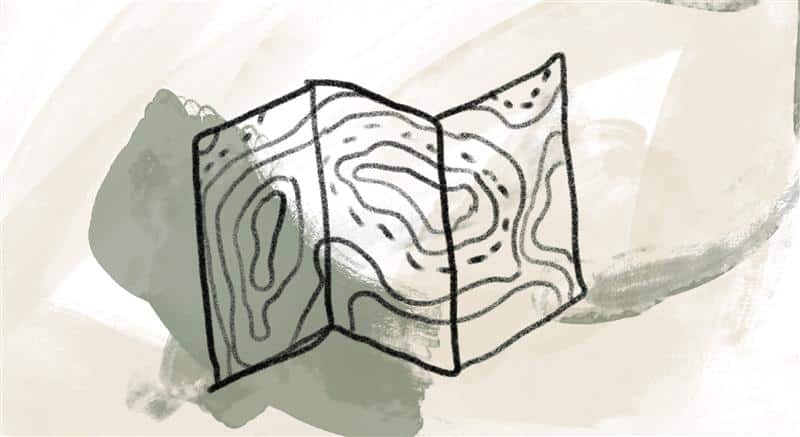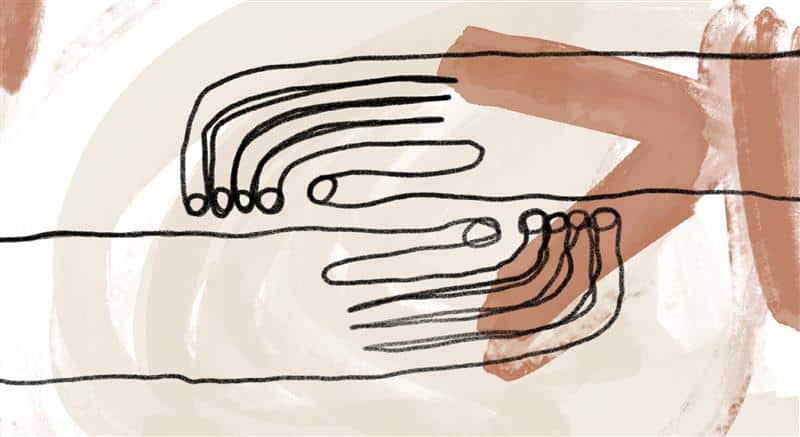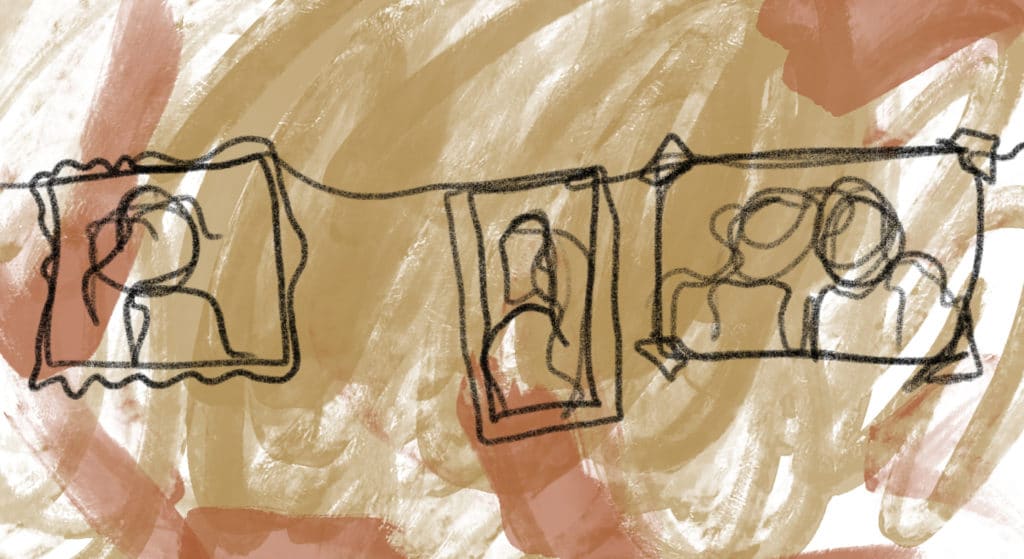
Benedictine and Celtic scholar Esther de Waal finds inspiration to manage life’s transitions in the Scriptures:
If we are going to see life as a succession of thresholds to be crossed, we are reminded of the journeys of the people of Israel in the desert, and we then find symbols and images that we can apply to our own experience. The very words passover and exodus carry a fullness of meaning as a journey from bondage into freedom. It is important to remember that the Passover was a yearly ritual, so that its memory was kept alive and the cycle lived through time and time again….
The psalms are the journey songs of the people who made that passage. Time and again they raised a fist to God and shouted angrily at him…. They are the songs of a people who were moving away from a known situation into the unknown, and they were often angry with a God who removed all those certainties, who instead seemed to be leading them along an apparently precarious path. They did not sit down for long beside gently flowing streams or linger in lush meadows….
In the Gospels we watch a Christ who, in dismissing certainties, shows us what freedom might mean. We watch the way in which he enters into people’s lives and dissolves an existing situation, whatever it might be. The likelihood was that the condition had promised security, safety, but now Christ challenges the people to leave their nets, or to leave a nice safe booth, and follow him. He says to Peter, James, and John, “Come,” and to Matthew, “Stand up, move, walk, come with me.” Our God is a God who moves and he invites us to move with him. [God] wants to pry us away from anything that might hold us too securely: our careers, our family systems, our money making. We must be ready to disconnect. There comes a time when the things that were undoubtedly good and right in the past must be left behind, for there is always the danger that they might hinder us from moving forward and connecting with the one necessary thing, Christ himself.
De Waal shares how we might navigate the resistance we feel as we stand on the threshold of something unknown:
Of course there is loss and it is right to grieve and not to pretend otherwise. Insecurity makes certitude attractive, and it is in times like these that I want to harness God to my preferred scheme of things, for it is risky to be so vulnerable. Yet it is this vulnerability that asks for trust and hope in God’s plans, not mine. So I try to learn each time that I am called upon to move forward to hand over the past freely, putting it behind me, and moving on with hands open and ready for the new.
Reference:
Esther de Waal, To Pause at the Threshold: Reflections on Living on the Border, rev. ed. (Harrisburg, PA: Morehouse Publishing, 2004), 54, 55–56.
Image credit: A path from one week to the next—McEl Chevrier, Untitled. CAC Staff, Exercise in Grief and Lamentation. Jessie Jones, Untitled. Used with permission. Click here to enlarge image.
On retreat, the CAC staff used watercolors to connect to our collective grief. This is one of the watercolor paintings that came from that exercise.
Story from Our Community:
During my pregnancy, I looked forward to reading the Daily Meditations each morning—they were great company.… Being pregnant, I felt a kind of double liminality: awaiting new life, and also witnessing the world transitioning from an old order to a new consciousness. My 17-hour non-medicated labor was intensely painful. During the last hour of birth, I actually doubted that there was a child inside me. Finally, my son swam beautifully in the water just like a little fish and into my arms, pink and healthy. I fear our world is also going through this painful transition through the narrow birth canal where the false self doesn’t have much space to move. I wonder if our world is ready for that labor. I wonder if we’re ready of what comes after birth, too: remaining vigilant, patient, compassionate, and loving as we welcome a fragile new order and care for it like a new infant. —Ashley M.




